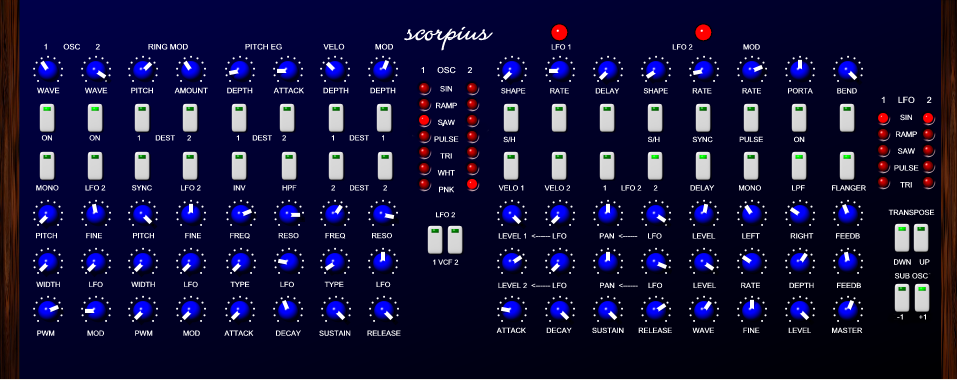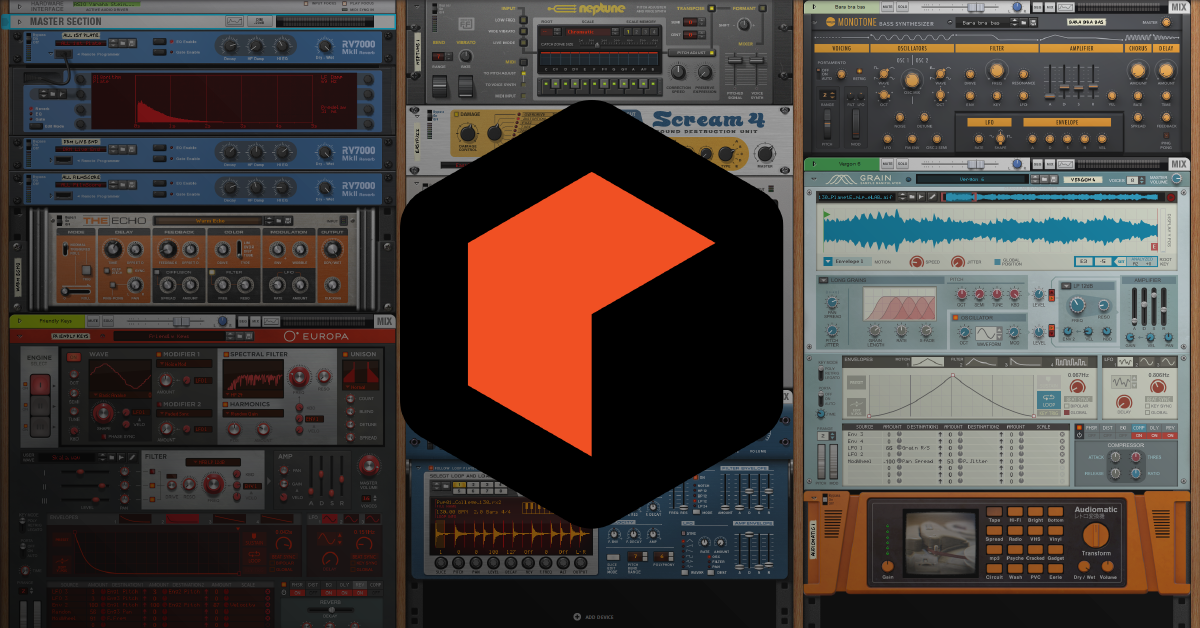
Audio Routing Vst Free Routing And
VSTForx is a creative effect network creation tool which comes as a VST plug-in that can load any number of VST plug-ins and connect them any way you want. Compatible OS (s): Windows 64b, macOS. VSTForx is a free routing and wrapper VST plugin developed by sambagodschynski.

Go wild follow your bliss and make cool sounds.SoundJack is an incredibly powerful audio transmission app. One could also insert reverberation to create a sense of ambience, or throw in a tape delay/phaser/boomerang/distortion plugin. However, given the variability of recording setups in many homes, the need to set consumer preamplifiers low enough to avoid distortion of a dynamic musical sound source, and the limited dynamic range of SoundJack’s 16-bit audio format, the ability to insert a multiband compressor per incoming stream followed by a final multiband compressor for the stereo mix can make a huge difference. Using Zoom ( as outlined here) to send SoundJack audio to non-performing participants, may seem like a less intuitive candidate for a multitrack workflow. Anyone who has recorded the stereo mix of a SoundJack session straight to either the Fastmusic Box or to an app on a computer understands that it is not possible to go back and address these issues once they are fixed as a stereo recording.A live broadcast, e.g.
What one could do with a microphone cable is a question with equally limitless answers.Up to this point, I have focused on practical workflows to get musicians collaborating again. It takes sound from one place to another. SoundJack is, essentially, a really complicated microphone cable. What one does with this is a challenging question to answer. This means that musicians can make real time, synchronous music collaboratively online.

SoundJack will run on Windows, however the way in which the operating system itself handles audio is disadvantageous and introduces additional challenges. RequirementsA MacOS computer. Your mileage may, of course, vary, but this guide aims to offer workable, rather than comprehensive workflows.
The four settings are:The map channel selector (shown below expanded)The following sections will take each feature in turn. These are explored in the context of all the Stage features in The SoundJack Guide. Together they determine how many channels of audio can go in and out of SoundJack, how many are specifically pulled from your audio interface into SoundJack, which of the available inputs of that audio interface are pulled in, and which output channel each incoming stream maps to. This allows you to apply effects live, before passing the audio streams along to a broadcast or video conferencing app.Headphones and a talkback mic of some sort (can be the built-in Mac microphone, a USB microphone, or a microphone with an external audio interfaceAudio routing in SoundJack can be understood in terms of four settings. This could be:A DAW like Logic Pro X, Reaper, or Cubase (set to 48kHz)A broadcast or video conferencing app like Open Broadcasting Software (OBS), Zoom, Jitsi, Wirecast (set to 48kHz)A VST plugin host like Gig Performer or Element (set to 48kHz). As these workflows presume one connects to SoundJack at high latencies (as an observer rather than a participant), most apps allow for setting audio buffers high enough that a variety of computers work.Whatever app you wish to funnel the individual audio streams into.

That audio goes into SoundJack. Here the microphone is sending to Channels 1 & 2, and you see those meters visible moving on the “Into SJ” Loopback device Output 1 & 2 tile. This automatically added Pass-Thru inputs three through eight.In rough terms, your audio flows into SoundJack on whichever channel the “Into SJ” card outputs it.
To pull this stream into another app, select the “Out of SJ” card as the audio input of that app.NOTE: SoundJack appears to accept virtual cards with two, four, eight, or sixteen channels. Here they are mapped to Output Channels 1 & 2. At that point you could map the stream to any of the eight virtual outputs. Note that the Pass-Thru of “Out of SJ” is where this incoming stream arrives. How many channels are available depends on how many output channels there are in the virtual output card, here, “Out of SJ.” Here the streams are mapped to channel 1, which starts the two-channel stream on output channel 1.
This is covered in more detail in The SoundJack Guide, but note that mixing send channel settings in a session can get complicated. If your send channels is set to stereo, you will only send two of those potential channels. You may have eight potential inputs. The send channelsIf the Audio Input dropdown controls how many simultaneous channels of audio could possibly come into SoundJack, the send channels dropdown controls how many actual channels you send to the other users. It will not recognize channels nine through twelve of a twelve-channel card.
If someone sends dual mono, this means they pull from two channels of their audio input and combine that into an identical mono stream in each ear. But keep in mind when we discuss the actual channel mapping dropdown, that the value selected is the starting channel. Once this seal has been broken, the only way to revert to a true mono session is for everyone to refresh the stage and change their send channelsback to one channel mono before reconnecting.In practice it does not matter whether your peers send mono, dual mono, or stereo. Some will default to sending audio to only one ear, which is fixed by switching to dual mono. If one person switches to dual mono or stereo, the results depend to an extent on the audio interfaces being used.
What it does control is which of your input channels you send. The hexnut audio input channel selectorThis unlabeled stage tool does not control the number of possible input or output channels, nor does it control the number of actual channels of audio you stream to your peers. If they each send dual mono, you will need eight output channels. If you have a call with incoming streams from four single channel mono peers, you will need four output channels on your audio output card.


 0 kommentar(er)
0 kommentar(er)
